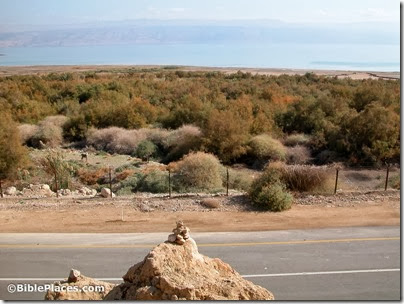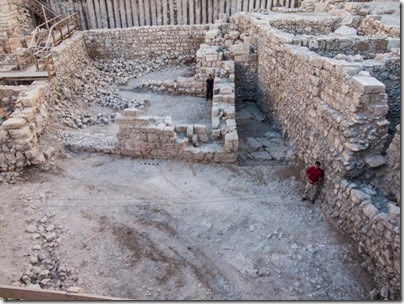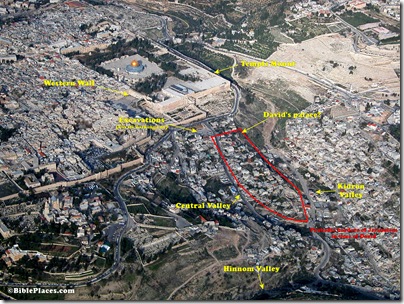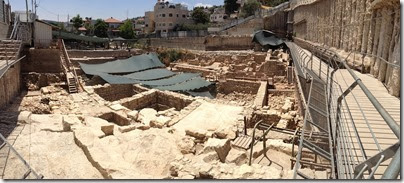The recent snowfall in Jerusalem was the heaviest December storm since 1953. Haaretz has the latest.
Where is Mount Sinai in Arabia (Galatians 4:25)? This is the final article in Gordon Franz’s series challenging the arguments of Robert Cornuke.
Can you trace the presence of God on earth throughout history? Wayne Stiles begins with the Garden of Eden and the tabernacle and goes from there.
Emek Shaveh posts some details on the forthcoming seven-story visitors’ center to be constructed in the Givati parking lot below the Dung Gate of Jerusalem. (Scroll down for the English version.)
The Cyrus Cylinder is wrapping up its tour of the U.S. and heading for India.
Miriam Feinberg Vamosh describes life for the wealthy in New Testament times.
Ferrell Jenkins reviews the new Zondervan Essential Atlas of the Bible.
David Livingston, founder of the Associates for Biblical Research, died recently. In honor of his life,
ABR has posted an issue of Bible and Spade devoted to his years of service.
Ferrell Jenkins asks, If not Tell Hesbân, where is Heshbon?
The National Museum of Iraq remains closed to the public. This is one Iraqi journalist’s tale of trying to get an explanation.
Wayne Stiles recommends the Top 5 Gifts for Bible Lands Study.
HT: Joseph Lauer, Jack Sasson






